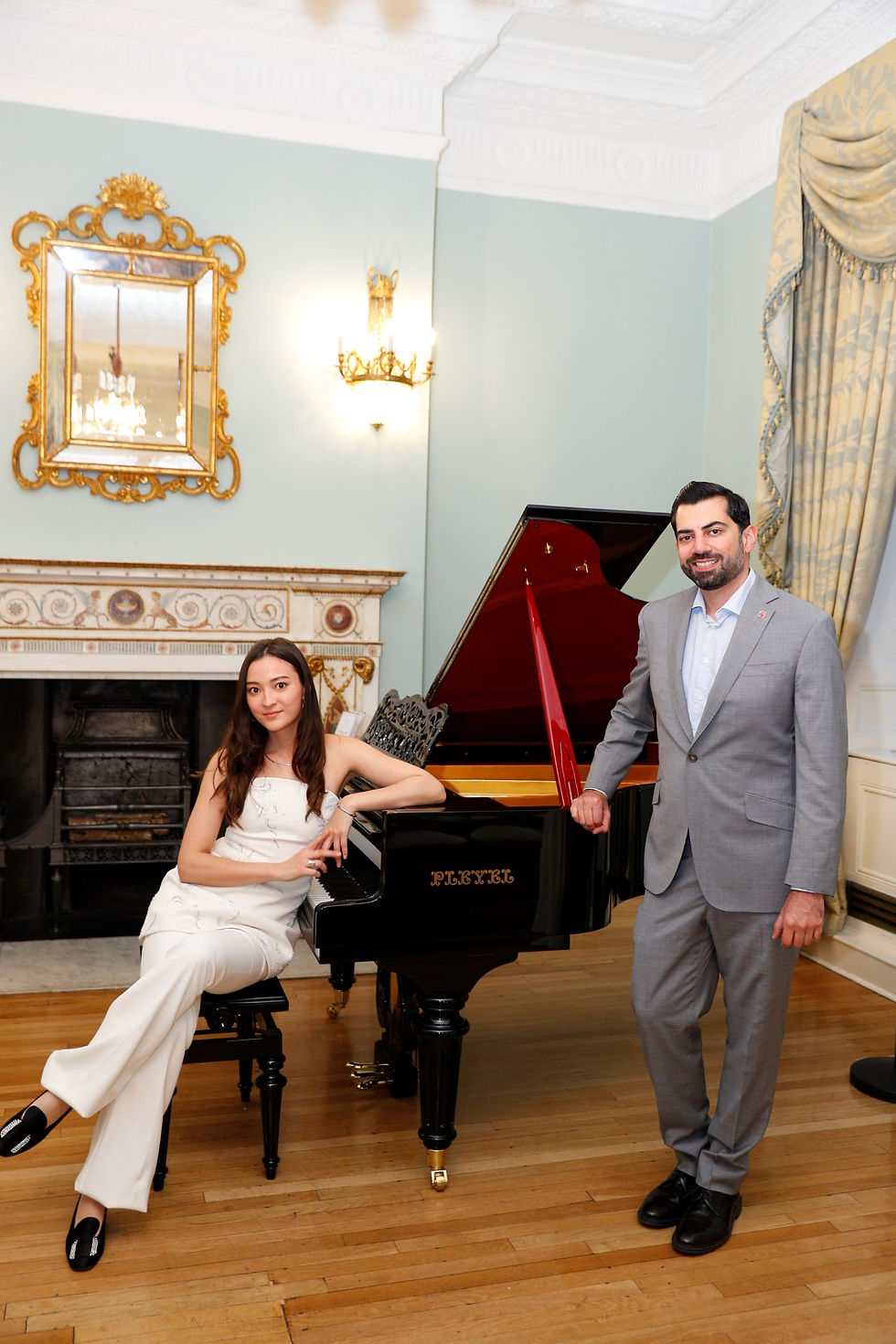Pleyel’s method for the piano
- Muzaffar Shah
- Apr 16, 2023
- 2 min read
The founder of the Pleyel piano firm was Ignace Pleyel, an Austrian immigrant to Paris. He was one of cultural history’s great polymaths and demonstrated equal excellence as a composer, music publisher and piano builder. In the course of research on Pleyel’s compositional output I recently refamiliarised myself with Pleyel’s “Méthode pour le piano-forte” (the “method”). This was a didactic work co-authored with Dussek. Pleyel's legacy as a composer and entrepreneur is well known, but his work as a pedagogue deserves recognition as well.

The method is one of Pleyel’s most significant contributions to music, which remains a valuable historical resource for pianists and music scholars to this day. Pleyel's method was first published in 1797 and subsequently updated several times. The work is a comprehensive guide to playing the instrument, from basic techniques to more advanced concepts. The method was originally written in French and included detailed descriptions of finger positions on the keyboard, exercises to improve dexterity, and tips on developing musical expression. Much of the method is highly relatable even today. A particular example is Pleyel's discussion of the term "Andantino" and his comment that opinion is split on a singular meaning of this term (and particularly whether it indicates a tempo faster or slower than Andante) - a debate all music students will be familiar with to this day!

In addition to the technical aspects of playing the piano, Pleyel also emphasized the importance of musical phrasing, tempo, and dynamics in the method. Pleyel's method was widely used during the early 19th century and was praised by many notable musicians and scholars of the time. The method was considered a significant advancement in the study of piano playing, as it provided students with a systematic approach to learning the instrument.

Pleyel's method also contributed to the development of the piano as a solo instrument, as it emphasized the importance of musical expression and interpretation. Today, Pleyel's method remains an important resource for pianists and scholars interested in exploring the history of piano playing and the development of the instrument itself. In this work we can also observe that Pleyel’s profound understanding of the pianistic idiom provided a formidable foundation for the establishment of a piano building company with unique artistic perception just a few years later in 1807.







Comments